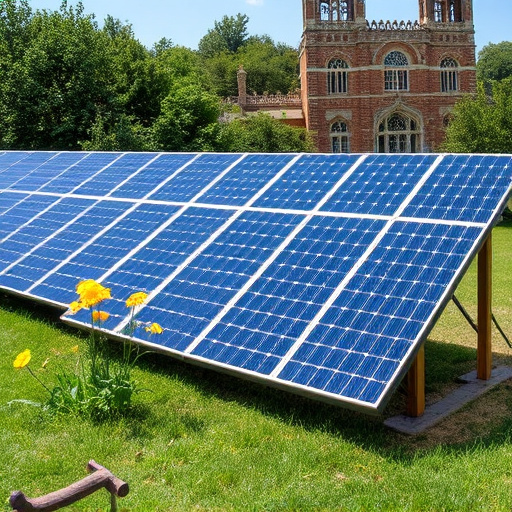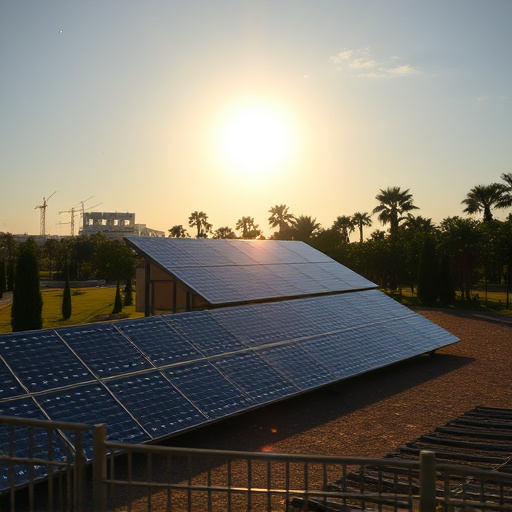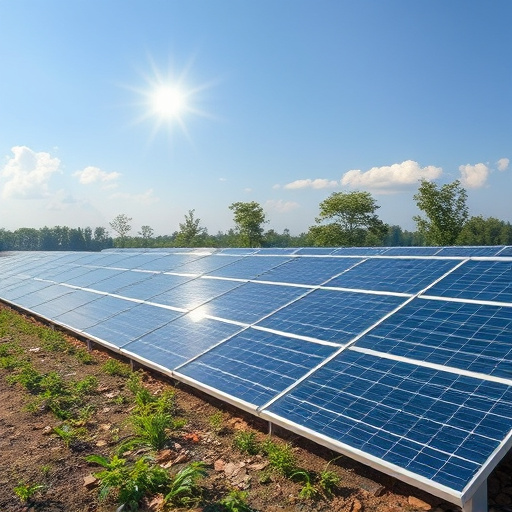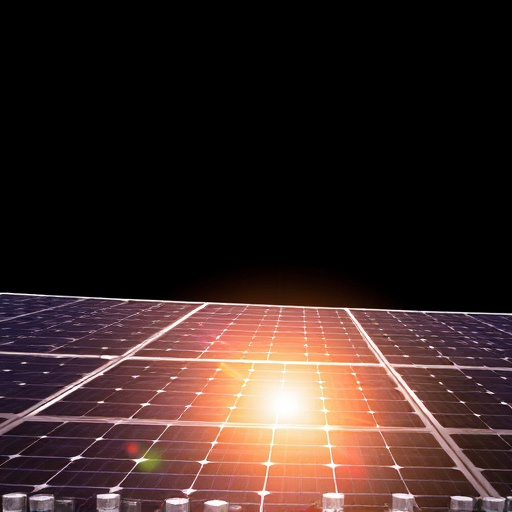Solar inverters, the backbone of renewable energy systems, convert DC to AC power, enabling homes and businesses to utilize solar energy. As solar power adoption grows, so does the need for cybersecurity protection against cybercriminals targeting smart inverters. These vulnerabilities could disrupt power supplies or cause widespread blackouts. To ensure reliable and secure solar power infrastructure, implementing robust measures like software updates, encryption, intrusion detection, and multi-factor authentication is crucial to safeguard interconnected devices in the solar ecosystem.
In the rapidly growing solar power sector, understanding the security of smart inverters is crucial. These devices play a vital role in converting solar energy into usable electricity, making them key components in renewable power generation. However, with increasing digitalisation, they also become vulnerable to cybersecurity threats. This article explores the importance of solar cybersecurity, delving into the unique challenges faced by smart inverters and presenting practical measures for securing this critical infrastructure in a digital age.
- Understanding Solar Inverters and Their Role in Power Generation
- The Emergence of Cybersecurity Threats in Renewable Energy Systems
- Implementing Solar Cybersecurity Measures for Smart Inverters
Understanding Solar Inverters and Their Role in Power Generation

Solar inverters play a pivotal role in harnessing the power of the sun and converting it into usable electricity for homes, businesses, and entire communities. These devices are essentially the bridge between solar panels and the electrical grid, rectifying the alternating current (AC) produced by solar panels into direct current (DC) that can be distributed and consumed. The process begins with solar panels capturing sunlight, generating electrical energy in the form of DC power. Inverters then step in to convert this DC electricity into AC, making it compatible with standard power outlets and appliances.
In the context of solar power, inverters are not just technical components; they are intelligent controllers that optimize energy production, ensure safety, and manage power quality. Modern smart inverters go beyond basic conversion by offering advanced features such as real-time monitoring, grid synchronization, and data analytics. These functionalities enable better control over energy storage, allow for efficient distribution, and provide valuable insights into the performance of solar systems. With the increasing reliance on renewable energy sources, understanding and safeguarding these critical components, like inverters, is essential to ensure the reliability and security of solar power infrastructure.
The Emergence of Cybersecurity Threats in Renewable Energy Systems

As solar power continues to gain traction as a primary source of renewable energy, so does the need for robust cybersecurity measures. With the increasing adoption of smart inverters in residential and commercial settings, cybercriminals are eyeing these systems as potential entry points into the grid. These threats can range from data breaches that expose sensitive information to malicious attacks designed to disrupt power supply, causing widespread chaos.
The interconnected nature of renewable energy systems makes them vulnerable to sophisticated cyberattacks. Hackers can exploit vulnerabilities in communication protocols or third-party software to gain unauthorized access. Once inside, they can manipulate system settings, steal critical data, or even take control of multiple devices, potentially blacking out entire communities. Thus, safeguarding smart inverters and the broader solar power infrastructure is paramount to ensuring reliable and secure energy distribution.
Implementing Solar Cybersecurity Measures for Smart Inverters

As solar power continues to gain traction globally, ensuring the security of smart inverters becomes increasingly vital. These devices, at the heart of modern solar energy systems, are not immune to cyber threats. Implementing robust cybersecurity measures is essential to protect against potential attacks that could disrupt energy production or even pose risks to user safety.
Smart inverter owners and operators should adopt a comprehensive strategy that includes regular software updates, strong encryption for communication channels, and intrusion detection systems. Additionally, secure access controls, such as multi-factor authentication, further bolster defenses against unauthorized access. By integrating these cybersecurity practices, the solar power ecosystem can ensure the reliability and resilience of its interconnected devices.
As we transition towards a more sustainable future powered by solar energy, safeguarding smart inverters from cybersecurity threats becomes paramount. By implementing robust measures to protect these critical components of the renewable energy landscape, we can ensure the reliability and longevity of our solar power systems. Investing in Solar Cybersecurity is not just an option; it’s an essential step towards a secure and thriving green energy future.
